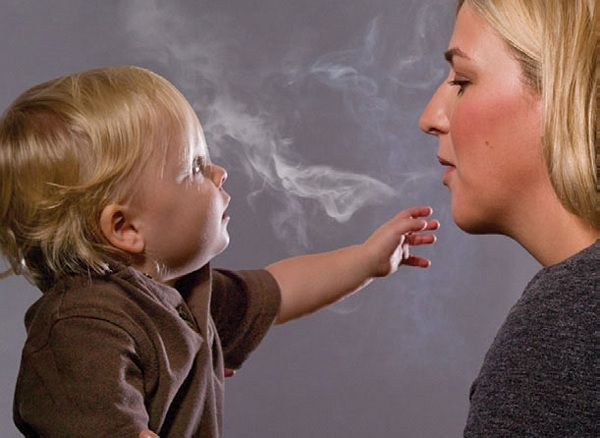Did Gov't Go Too Far With Graphic Cigarette Labels?

A federal judge on Monday blocked a law that would have required tobacco companies to place graphic images on cigarette packs warning about the risks of smoking.
U.S. District Judge Richard J. Leon said on a 29-page ruling the requirement was unconstitutional because it violated the right of free speech stipulated in the First Amendment. Free speech was a key issue in the case.
Judge Leon said that by allowing the labeling requirements to proceed the tobacco companies would "suffer irreparable harm"; that "neither the Government, nor the public, will suffer any comparable injury as a result of the relief sought"; and that the public's "interest in the protection of its First Amendment rights against unconstitutionally compelled speech would be furthered," reports CNN.
The judge also said the images went beyond "purely factual and uncontroversial information" and ventured into advocacy.
The U.S. Government could appeal Judge Leon's ruling or the FDA could modify the rules.
The Tobacco industry sued the U.S. Food and Drug Administration in August because it didn't want the graphic images to go into their products. The nine images are very shocking, according to the industry. They include images of decayed teeth and a lacerated lip of a smoker, among others.
The requirement was set to take effect in September 2012.
During court battle on September 21, Tobacco companies argued that "Never before has the government required the maker of a lawful product to tell consumers not to buy it," according to a Reuters report citing lawyer Noel Francisco, on behalf of R.J. Reynolds Tobacco Co.
The tobacco industry claimed the new graphic warnings forced it to "engage in anti-smoking advocacy" on the government's behalf, Reuters reported.
"The government can tell people how to live, but they can't force people who sell tobacco to be their mouthpieces," said Floyd Abrams, a lawyer representing the tobacco industry, according to Reuters.
The federal judge questioned FDA lawyers in court on whether the requirement to place the graphic images was merely informative or if it went further to be anti-smoking advocacy.
The labels are part of a 2009 law passed by Congress. In June, the FDA approved nine labels that companies had to print on the entire top half of cigarette packages, front and back and which must constitute 20 percent of cigarette advertising.
On Monday the judge said that just because Congress mandated the size and placement of the labels before commisioning the FDA to enforce the mandate "doing so does not enable this requirement to somehow automatically pass constitutional muster," Reuters noted.
Government's lawyers said in court back in September that the images coupled with written warnings were designed to communicate the dangers to the public, reported the Associated Press.
"The advocacy here is to convey the negative health consequences of smoking. That's what Congress directed the FDA to do," said Mark Stern, a Justice Department attorney, reported Reuters.
"The Constitution doesn't limit Congress to conveying information in a text-only format," he added fighting back claims from the cigarette companies that the images were chosen for their "shocking value" and not because they informed consumers better about the risks.
Published by Medicaldaily.com



























